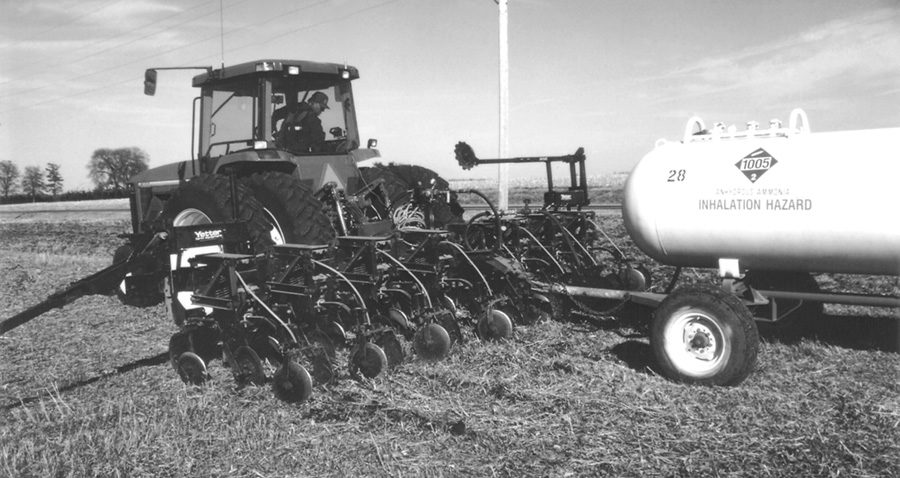No-Till Farmer
Get full access NOW to the most comprehensive, powerful and easy-to-use online resource for no-tillage practices. Just one good idea will pay for your subscription hundreds of times over.

EVERY YEAR IT’S the same story. No-tillers around the world gather their yield, management and tax reports to decipher what worked and what didn’t.
Most of the fuss is focused around one key issue—boosting yield and better no-till benefits. You can tweak your planter until you’re blue in the face; but figure some cases just call for a different method all together. Don’t want to switch back to other tillage systems? Don’t worry.

Pete Hill of Urbandale, Iowa has been there. This conservation tillage specialist for Monsanto has done extensive research, particularly with strip-till to overcome the no-till corn yield problem with cold and wet soils. “It’s a system with extraordinary potential,” he says.
“Fall strip-tillage allows farmers to combine the best of no-till’s cost and soil savings, while getting faster soil warm up and better yields,” says Hill.
In the fall, fertilizer is placed 7- to 8-inches below the soil surface of the soil using a “mole knife,” a heavy duty anhydrous knife that has a shoe which lifts and shatters the soil. As the knife displaces the soil, it shatters it and piles it on the surface.
“They are often described as mini-ridges taken from the more exaggerated version in the ridge-till system,” Hill explains. “The strips are relatively porous at planting time owing to the fact that they have not been disturbed since last fall. In comparison, soil under conventional tillage systems has been consolidated and firmed, not allowing air to transfer in and…